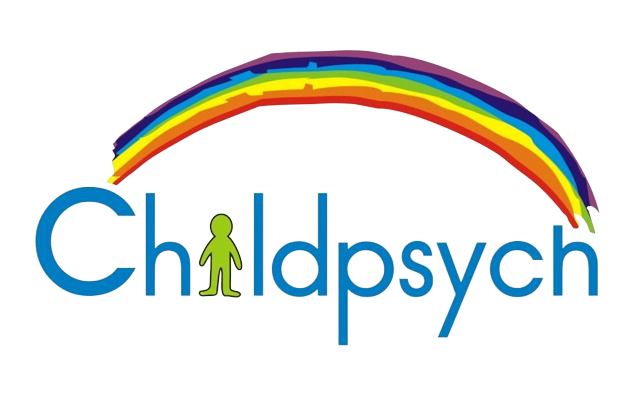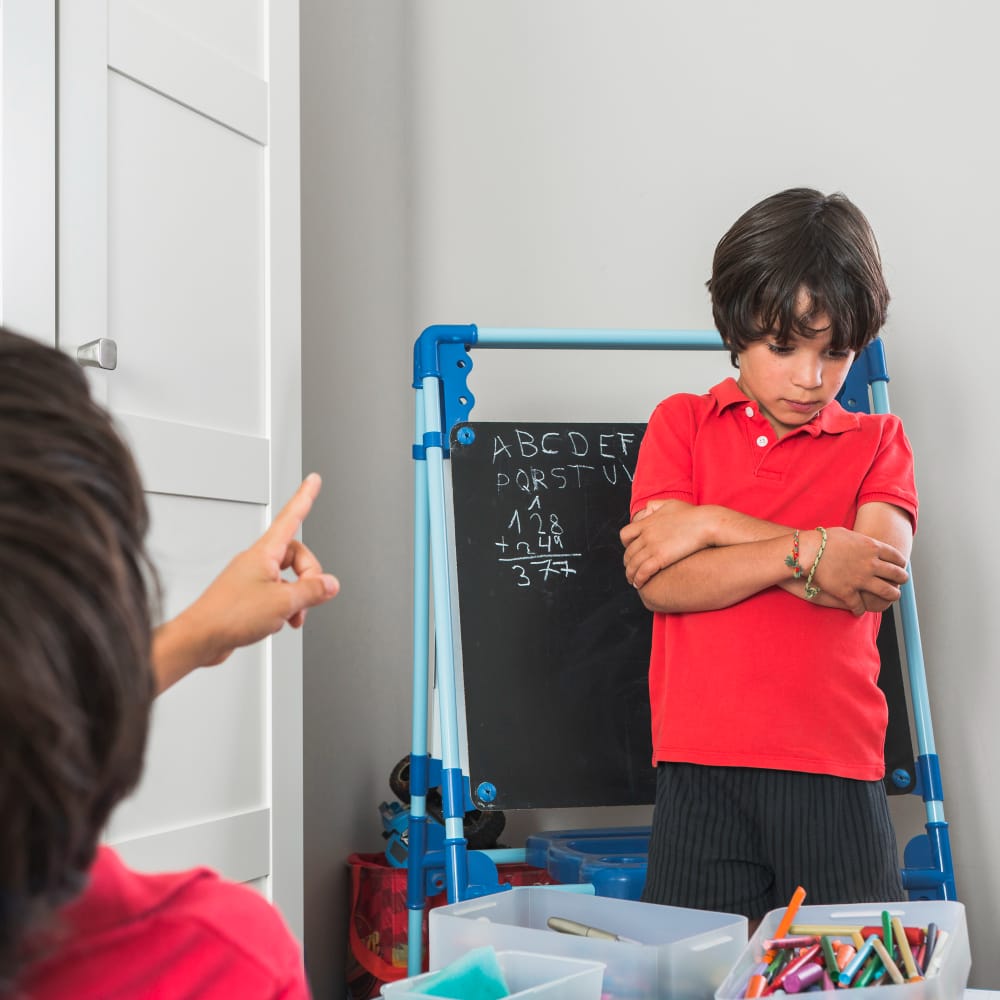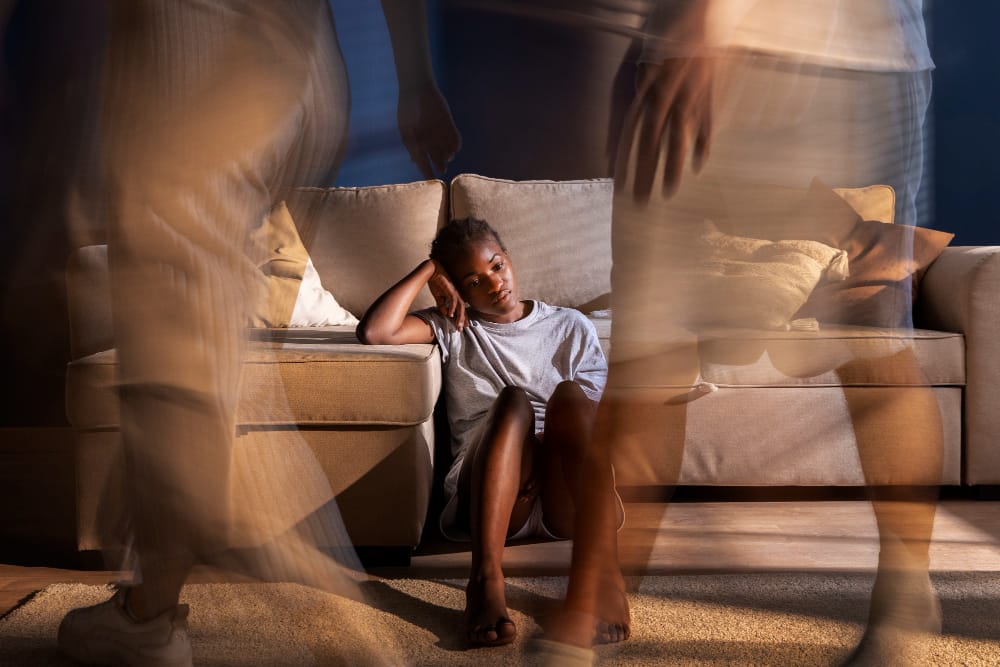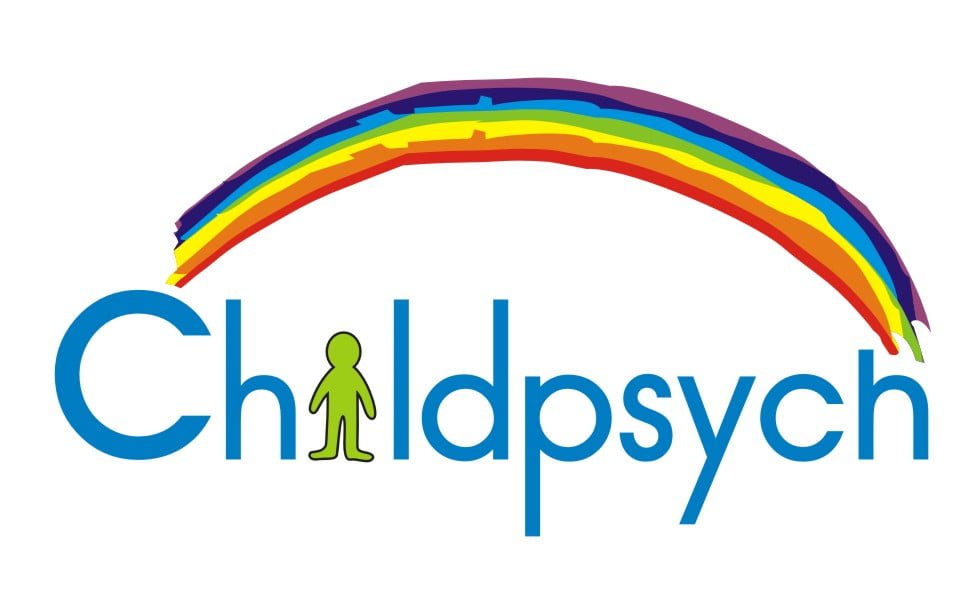
The importance of play in early childhood development:
Heidi Britz-Crecelius (Children at play, preparation for life; Floris Books, Edinburgh, 1979) summed up the importance of play in childhood with the words: “There is nothing that human beings do, know, think, hope and fear that has not been attempted, experienced, practiced or at least anticipated in children’s games”.
To understand why play is so important, we need to understand how children experience the world around them and how they learn and develop. Children advance through three different levels of thinking. At the first level – the Concrete level – children need to interact physically with objects in their environment so as to gain a better understanding of the objects’ qualities and how they work or fit together. Good teachers also know that for a child to consolidate information about a specific object they need to use as many of their sense modalities as possible in exploring the object. For instance, children who have been allowed to look at, hold, taste and smell an orange will find it much easier to recognize this fruit at a later date than children who have only been allowed to look at it. Children have to first experience their world at this concrete level before they will be able to understand representations of these objects in print (two-dimensional level). This lies at the core of my contempt for worksheets in nursery school classrooms. Young children’s minds cannot yet deal with concepts on a two-dimensional level and yet we are increasingly relying on this method of teaching, often at the expense of time spent physically exploring objects and the interaction between objects in the environment! This results in an incomplete understanding of the work and concepts “taught” and often contributes to difficulties in learning identified later in the child’s school career. Only once children have mastered the first two stages will they be able to understand and manipulate abstract concepts and ideas (such as Algebra or the meaning of concepts such as “Justice”, “Honour”, etc).
So, why then do teachers insist on using worksheets in nursery school classrooms? Sadly, the answer is that it is often the easiest way to provide evidence of their “efficiency” and productivity. In short, whether knowingly or unknowingly, we as parents are responsible for this phenomenon. We expect to see what our children do all day and complain that the teacher is “lazy” or “unorganized” because she just “lets the children play”.
Several years ago I worked as a teacher in a wonderful little nursery school. But the head of the school insisted that each child fill a scrapbook with art and worksheets throughout the year. This scrapbook was then sent home at the end of each term for parents to peruse and praise their children for all the hard “work” they had done. What parents didn’t know was that their children had missed out on many hours of exploration and essential learning opportunities because we were so focused on filling the scrapbook!
I overheard a conversation along similar lines in a Preparatory school staffroom a while ago. The teachers had all noticed that so many of their learners are battling with handwriting & spelling (reversals of letters and numbers were particularly evident). These children are neither dyslexic nor otherwise learning disabled, but have all been pushed to read and write at too young an age and were never allowed to play around with shapes, letter formation or phoneme identification on a concrete level. Because of this they now experienced difficulties with laterality, spatial orientation and tactile defensiveness amongst others.
The gist of the matter is, as Heidi Britz-Crecelius that “information is bound to be a quite inadequate substitute for experience. The senses of these children are deprived of the manifold impressions which are needed to form them”. Heidi talks of the “Parental mistake” in her book: We are constantly told that our children need stimulation, but then often overcompensate for this by constantly drawing the child’s attention to something new and exciting, and in effect all we are really doing is disrupting the child’s perseverance and concentration.
Children learn about time & space through dropping, grasping, catching and throwing and the neurological connections that form as a result of this play later enable them to better understand measurements, weight, calculation and concepts such as size, shape, and colour. Fairy tales and songs not only stimulate children’s imagination but also extend their vocabulary. Marbles & spinning tops are just simple childhood games, but they teach children about rules, compromise and losing graciously. They offer important lessons in business and trade and invaluable experience in learning to judge character.
Play also forms an integral part of the emotional lives of children. Play therapists generally make use of one of two approaches to therapy; these are directive and non-directive play therapy. The therapist takes the lead during a directive play therapy session, having already planned the technique or game to be used and having set specific goals to be achieved. In non-directive play therapy, the therapist allows the child to take the lead. The therapist does not get involved in the child’s play, but reassures the child through gestures and words that the child is safe and has the therapist’s full attention. I prefer to use directive play therapy as it helps me to clarify exactly which goals I am working towards with I child. But it is incredible to note how often, when I have been at my wits end and completely frustrated by the apparent lack of progress with a client I have just packed out my toys and allowed the child to play (because I thought: well, the child is with me for the next hour and I’ve already tried everything else anyway) and then watched how these children will replay their drama, and often and resolve it – without my help! My help is then only required in helping the child gain a deeper insight into the traumatic event and its consequences.
In my research for this article I came across various proposed reasons as to why we don’t allow our children the freedom to just play anymore. These include the fact that parents work longer hours; that children spend more time in organized day care where a rigid routine of eating, sleeping and learning needs to be adhered to, that our streets are no longer as safe as they used to be; that we need to educate our children from a young age to try and give them the tools to survive in an increasingly competitive job market. All of these are true to some extent, but one argument really struck me and has been haunting me ever since I came across it: Could it be that we teach our children to read and write at younger and younger ages because this is less work that having to run around or play with them? That we urge them to read, not because it is in their best interest, but so that they can be quiet, well-poised and less troublesome?
Our constitution states that all children have the right to play, but in my mind playing in childhood is more than just a right – it is an absolute necessity. So pack away your books, your bills and your smartphones … and go play a game with your children.



